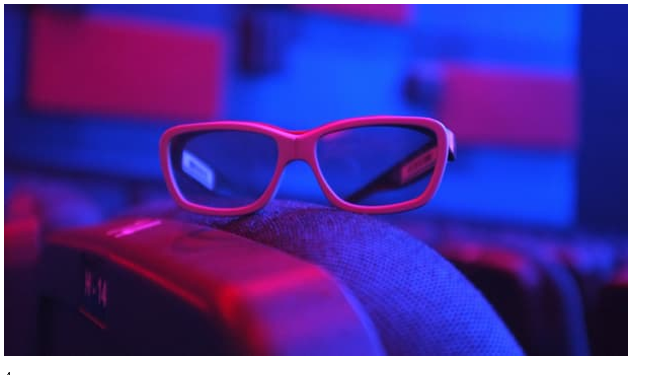MIT movie screen delivers 3D dazzle without the glasses
3D cinema might bring dinosaur jaws right up to your nose, but it’s a wonder the great beasts don’t just laugh when they see the oddball glasses on your head that makes the effect possible. A new advancement from MIT takes a well-known trick known as the parallax barrier and leverages it in a way particular to how we move our heads in movie theaters. A small prototype using 50 mirrors and lenses has been developed and, if researchers can advance upon the idea, glassless 3D viewing might just become the future of cinema.
Parallax barriers are the way in which some current 3D devices – like the Nintendo 3DS – deliver a multi-dimensional viewing experience direct to our eyes without the need for glasses. It basically works by arranging barriers on the screen (crystals in the case of the 3DS) that allow each of our eyes to only see certain images that are slightly different from each other. When the brain puts those images together, the main picture seems to have a three-dimensional depth. In a way, it’s no different than those old-fashioned stereoscopic imagesthat used to be sold on boardwalks everywhere.
The parallax barrier approach works on the 3DS because gamers can basically hold the screen at exactly the right position to line up the barriers with each eye and make the 3D effect work (although, it should be noted that the new 3DS XL uses face-tracking technology to make keep the barriers in line for a more seamless 3D experience.)
So it works fine with small screens, but for larger screens, the issue gets more complex. Even with a television, it’s difficult to pull off parallax-barrier-enhanced viewing because people sit at different heights in the room and view the TV from different angles. The problem is compounded in the large scale of a movie theater.
To overcome the issue, the MIT researchers realized that people don’t really move around much in a movie-theater seat. Their heads have a limited range of motion constrained by the seat in which any individual is sitting. So, the scientists decided that if they could beam individual parallax-barrier-enhanced images to each seat, every person could get a 3D experience without having to wear glasses.
A prototype followed that is only a little bigger than a pad of paper. Using 50 sets of mirrors and lenses, the system, which the researchers are calling Cinema 3D, beams a different set of images through parallax barriers customized to each seat in the theater.
“It remains to be seen whether the approach is financially feasible enough to scale up to a full-blown theater,” says MIT professor Wojciech Matusik, one of the co-authors on a related paper. “But we are optimistic that this is an important next step in developing glasses-free 3D for large spaces like movie theaters and auditoriums.”
http://www.gizmag.com/cinema-3d/44528/?li_source=LI&li_medium=default-widget




